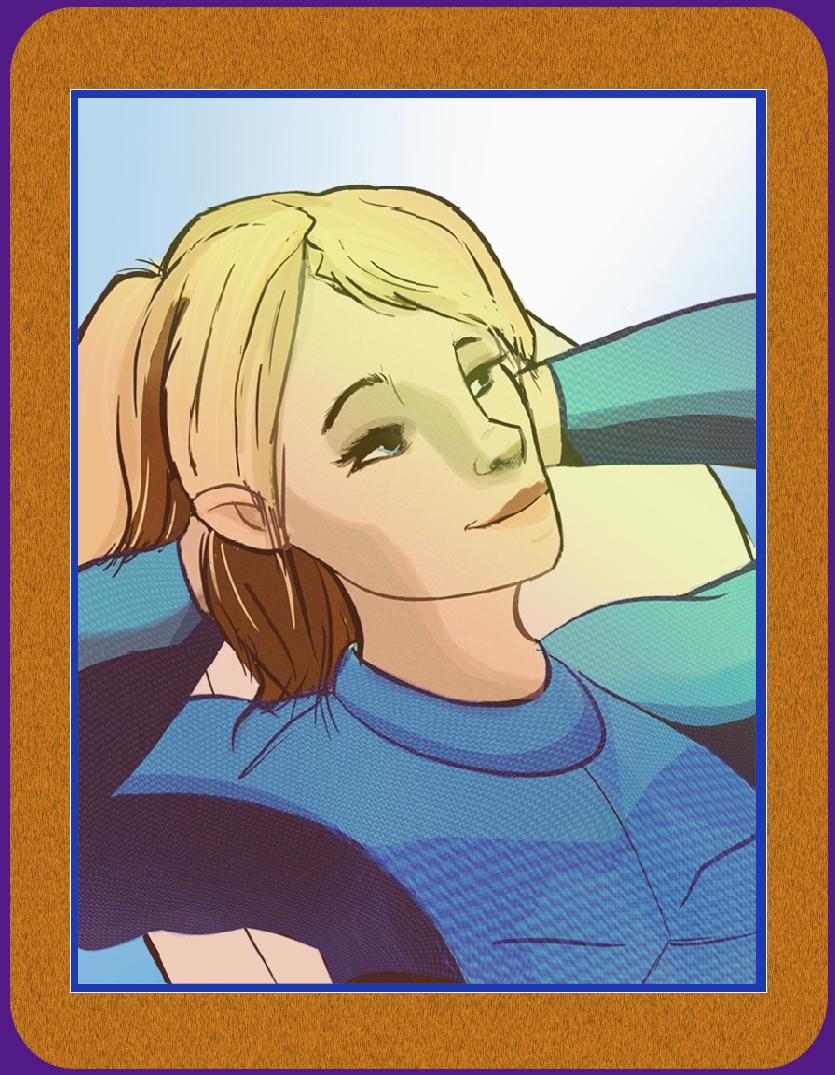
(Kiri discusses anti-gravity with us by stressing on the importance of harmonics to make it happen. We go over basic principles also important such as magnets, helium and super conductors. She uses a flashlight to demonstrate on how to give a concave effect to the focusing beam needed to lift something.)
Russ: frequency of the earth please my darling.
Kiri: oh, like I have that information written on the hand.
Russ: we worked on this yesterday so you’ve had plenty of time to prepare so slacking off now will not be an excuse that can be accepted.
Kiri: what is my primary job Russ?
Russ: engineer.
Kiri: thank you, I have certain projects I am working on.
Russ: this is merely two strokes of the computer.
Kiri: it’s low on my list of priorities.......
(we can hear Skip and John snicking in the background)
Kiri: I think it’s about 2,000 MHz but I’m not sure offhand. However, however as you guys were discussing last night, if you throw in magnetism into the formula using superconductors and helium, you can get a very, very good effect on anti-gravity.
Russ: we don’t have superconductors, we do have magnets.
Kiri: uh-huh, you need pretty powerful magnets too, preferably magnets that work on probably about 42 Gauss.
John: that would that be electromagnets?
Kiri: correct, your friend will know what a Gauss is.
Russ: yeah I do too.
Kiri: okay good. It’s a very, very narrow margin as well, 43 is too much, 41 is too little. You can break it down into subsections and experiment within that area.
Russ: okay.
Kiri: but that’s all I can really discuss at this time.
Russ: okay, what do harmonics have to do with the equation?
Kiri: harmonics are very, very important but it is something that you guys have to reason yourself. If I tell you, then I might as well tell you how to build an anti-grav motor, simple as that. That’s how important they are.
Russ: hmm.
Kiri: you have to figure that out on your own however, once you guys figure it out, then we can discuss it.
Russ: okay, do you want to go around again?
Kiri: well I’m looking in that direction, come on Skip, come on.
Skip: it ain’t working.
Kiri: close your eyes….
Skip: it ain’t working, the mind won’t work.
Kiri: close your eyes……
Skip: okay.
Kiri: and think harmonics and whatever comes into your mind say it.
Skip: well it’d have to be low pitch, real low pitch.
Kiri: uh-huh.
Skip: because the higher pitch you get, the less, the less reaction you get.
Kiri: uh-huh.
Skip: it’d have to be very low pitch, it would have to be amplified….
Kiri: uh-huh.
Skip: you’d have to build a hell of an amplifier.
Kiri: uh-huh.
Skip: I don’t know, with today’s technology you could probably build a hell of an amplifier with just……just about the size of a pack of cigarettes.
Kiri: okay now describe what you’re seeing because I can see an image.
Skip: it don’t want to come together.
Kiri: okay describe the pieces that you've got.
Skip: well looking at a little box with a great big speaker but that isn't going to work.....don’t want to work right......it just ain't coming right.
Kiri: pen and paper.
Skip: sorry about that.
(Kiri draws a picture)
Skip: low pitch.
Kiri: okay, there’s your box.
John: it’d all have to do with sound and vibration correct? Vibration, isn’t that…..?
Skip: no, the vibration you don’t need and you need the sound to create your harmonics. The vibration you don’t need, that’s why I say the big speaker won’t work because you’re creating vibration with a speaker.....
John: and it’s not necessary?
Skip: it’s not necessary.
Kiri: okay, there's a cross view, that’s what you’re seeing.
Skip: more or less yeah.
Kiri: uh-huh.
Skip: yeah more or less. In other words, the same as a telescope mirror.
Kiri: that is as far as I can go without getting into trouble and I’m pushing the envelope there.
Skip: yeah it’d be a mirror of sound rather than sight.
Kiri: uh-huh.
Skip: a concave sound disk……
Kiri: yeah.
Skip: to make it simplified.
Kiri: uh-huh.
Skip: yeah but what I was trying to fathom is how to make it portable and still generate that kind of harmonics so it would raise itself, not have it hooked to something else.
Kiri: uh-huh.
Skip: because if you do that, then you could turn your sound mirror toward the ground and actually raise it.
John: right but you'd need......the power source would have to be contained within what you’re weighing off the ground.
Skip: that’s correct and not have an outside power source.
John: so it’d have to be totally independent.
Skip: that’s right.
John: and that’s the key that we're missing.
Kiri: it’s really quite simple but……
Skip: yeah it is if I can just get it put together.
Kiri: uh-huh.
Skip: a battery won’t do it because a battery doesn’t have enough power. A solar unit would do it if we could generate enough power with a solar unit but the solar units that they got now don’t generate that much power.
Kiri: oh yes they did. Can you shine a light in here please, like a flashlight?
John: yeah, I’ve got one right here.
Kiri: now is that coming back brighter? Focus it, there, that works.
Skip: focus down on the spot.
Kiri: yeah. You see what’s happening? Now change the shape of this……
Skip: to a concave.
Kiri: correct and what happens?
Skip: you get heat.
Kiri: correct. The more you focus it…..
Skip: okay the more heat you get. You turn heat into…..
Kiri: energy, is simple.
Russ: steam.
Kiri: no, then it takes too much.
Skip: steam is ancient, steam is......
Kiri: (speaking to Omal).....okay, thank you Omal.
Skip: is way out.
